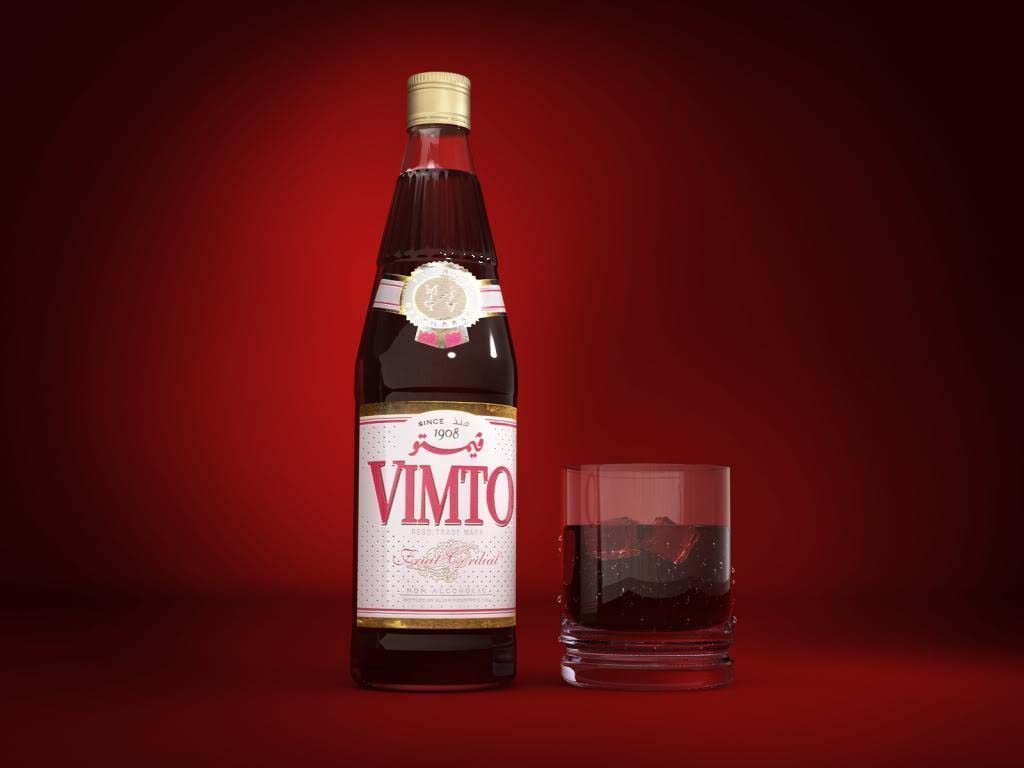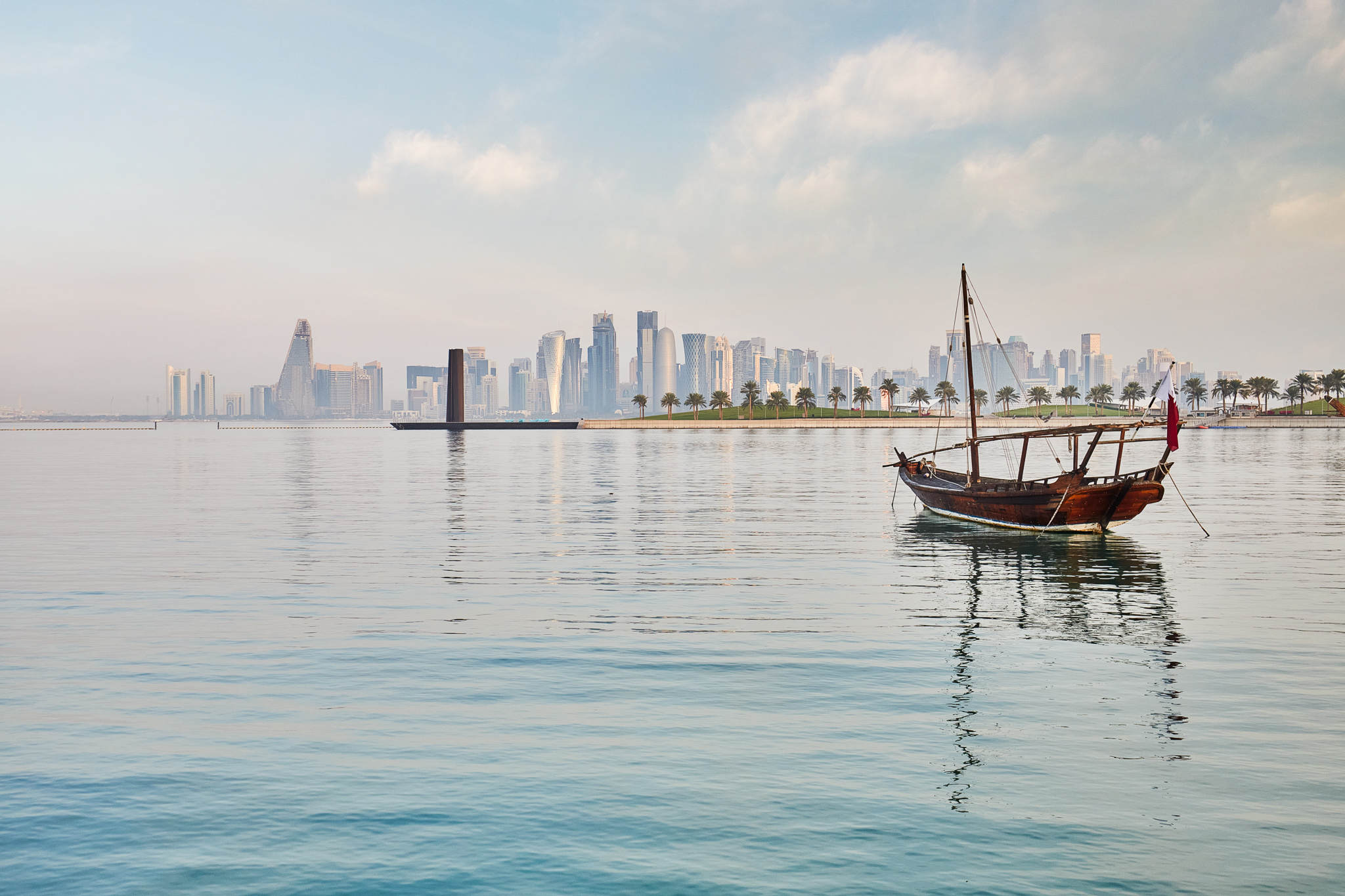
As the end of Ramadan draws near, it’s likely that sales of a seasonal favorite will soon drop off.
Before everyone forgets about Vimto until next year, Dr. Justin Thomas, associate professor of psychology at Zayed University in the UAE, takes a moment to explain Qatar’s love affair with the carbonated British beverage.
The color purple has a special status in Qatar. For one, Qatari maroon, a close cousin of purple, makes up about two-thirds of the nation’s flag.
Furthermore, in ancient times, more than three millenia ago, Qatar (Al Khor Islands) was fabled for its production of purple dye. More recently, another purple has also risen to prominence, taking the form of a beverage known as Vimto.
But how has a maroon-colored beverage, born in Britain’s industrial north (Manchester) more than a century ago, managed to become a regular iftar A-lister in households across Qatar, and pretty much most everywhere else in the Arab world?
Early infiltration into the local beverages market, savvy promotional tactics and the drink’s relationship with prohibition all play a role.
Ramadan sales
Vimto’s seasonal popularity in Qatar is palpable, confirmed by even a cursory glance at online search statistics.

Entering the term Vimto into Google trends and running a report for Qatar or any other Gulf nation reveals a huge annual Ramadan spike. After Ramadan, the term’s search volume drops back to a flat line, reflecting the beverage’s return to relative online obscurity.
Similarly, sales data routinely confirm Vimto’s Ramadan popularity.
In 2011, the UK soft drinks group Nichols, Vimto’s makers, posted a 39 percent rise in profits, a hike they attributed to a surge in shipments to the Middle East in the run-up to Ramadan.

Other business reports suggest that more than half of Vimto’s annual sales are made during the Ramadan period.
Vimto’s seasonal popularity is clearly attested by its in-store ubiquity.
You would be challenged to find any supermarket in the Gulf that has not given Vimto a prominent placement in the run-up to Ramadan. My local supermarket has erected its own monument to Vimto in the form of a Vimto Tower, or Burj Al Banafsajee (purple tower).
This structure, a magnificent feat of retail engineering, is impossible to miss; a 2m edifice of Vimto bottles arrests the attention of every shopper entering the store. Such intense and prominent placement is typically reserved for new products. But Vimto, an old favorite, gets special treatment during the holy month.
History
The drink first arrived on the Arabian peninsula in 1928, when Abdulla Aujan & Brothers, Saudi commodity traders, expanded into beverages and acquired the exclusive rights to import and distribute Vimto.
The fact that the drink has been in the region for so long perhaps adds to its wide-scale acceptance. Vimto, after all, is not one of those brands that only arrived in pursuit of oil wealth. The drink was well established at least a decade before the exploitation of oil began.
Although not a newcomer, Vimto is still unmistakably foreign. For one thing, the Arabic alphabet has no letter V. But perhaps this adds to the beverage’s cachet, making it obviously foreign and thereby special, exotic and appealing.
Another factor in Vimto’s regional success may stem from the beverage’s roots in the temperance movement.
Alcohol alternative
Temperance was a popular social movement advocating restrictions on and in some cases the prohibition of alcoholic beverages. Vimto was initially concocted as a healthy alternative to liquor.

And back in 1908, when it was first served in the UK’s temperance bars, it was known as Vim Tonic, accentuating its purported health properties. Vimto’s early association with the temperance movement and its health-promoting claims probably boosted the drink’s appeal in a region where the consumption of alcohol is prohibited.
Vimto’s regional popularity must also, to a large extent, be attributed to the power of advertising. Messages and images have been skillfully crafted to shape and influence consumer behaviors.
I am against the commercialization of religious occasions. But Vimto, with its temperance roots, deserves its annual moment in the sun.
Given Vimto’s current market dominance, it is hard to see how any other beverage could displace it as the drink king of the iftar table.
Thoughts?







